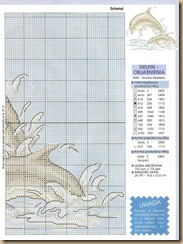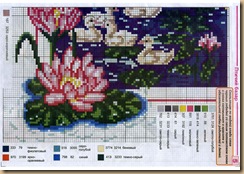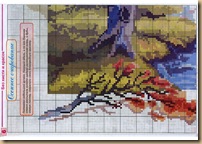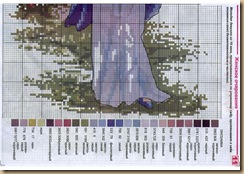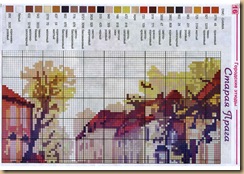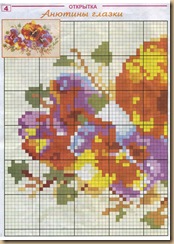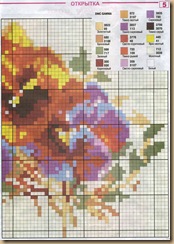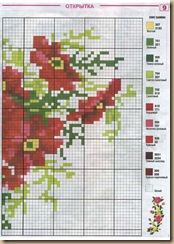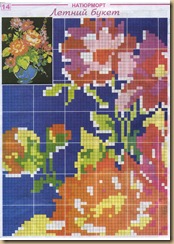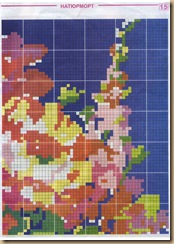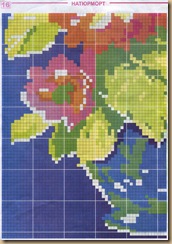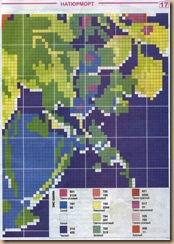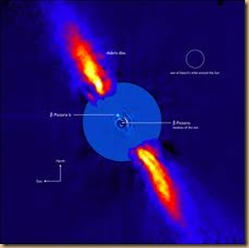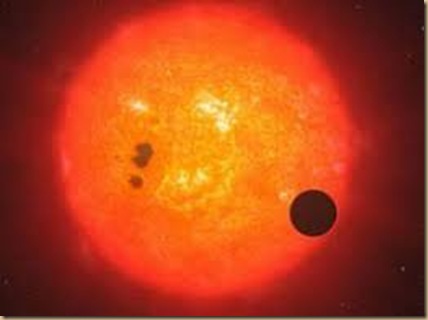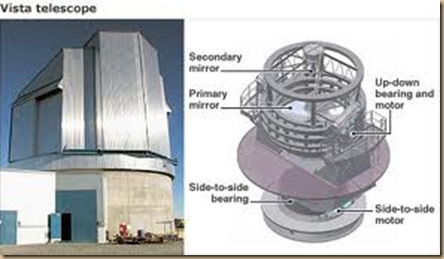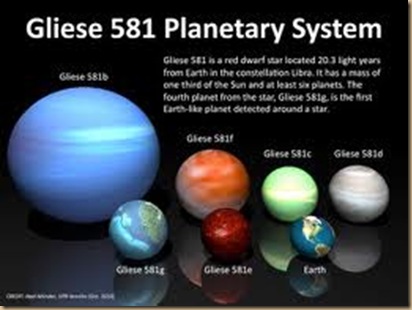Handcraft, History, E-Books, Culture, Universe, UFO, Relax, DIY, Knowledge, Nail Art, About, Stories, Zeitgeist, Cooking, Second Life, Crochet, Knit, Embroidery, Ribbon Embroidery, Gobelin, Beading, Cross Stitches, Recipes, Art
BETA PICTORIS b
For the first time, astronomers have been able to directly follow the motion of an exoplanet as it moves to the other side of its host star. The planet has the smallest orbit so far of all directly imaged exoplanets, lying as close to its host star as Saturn is to the Sun. Scientists believe that it may have formed in a similar way to the giant planets in the Solar System. This discovery proves that gas giant planets can form within discs in only a few million years, a short time in cosmic terms.
Pentru prima dată astronomii au putut urmări direct mişcarea unei exoplanete din jurul stelei sale gazdă. Planeta are orbita cea mai mică dintre toate exoplanetele observate până acum, fiind la o distanţă de soarele său egală cu distanţa dintre Saturn şi Soarele nostru. Oamenii de ştiinţă cred că această planetă s-a format într-un mod similar planetelor gigant din sistemul nostru solar. Descoperirea arată că planetele gazoase gigant pot să se formeze în interiorul discurilor cu praf stelar în doar câteva milioane de ani, un timp destul de redus în termeni cosmici.
EXOPLANET HIP 13044b
An exoplanet orbiting a star that entered our galaxy, the Milky Way, from another galaxy has been detected by a European team of astronomers using the MPG/ESO 2.2-metre telescope at ESO’s La Silla Observatory in Chile. The Jupiter-like planet is particularly unusual, as it is orbiting a star nearing the end of its life and could be about to be engulfed by it, giving clues about the fate of our own planetary system in the distant future.
O exoplanetă care orbitează o stea care a intrat în galaxia noastră, Calea Lactee, dintr-o altă galaxie, a fost detectată de echipa europeană de astronomi, care au folosit telescopul MPG/ESO de 2,2 m de la observatorul din La Silla din Chile. Planeta asemănătoare lui Jupiter este deosebită, deoarece orbitează o stea la finalul vieţii ei şi ar putea fi înghiţită de aceasta, dând astfel indicaţii despre soarte propriei noastre planete din sistemul nostru planetar într-un viitor îndepărtat.
VISTA TELESCOPE (Telescopul VISTA)
VISTA (the Visible and Infrared Survey Telescope for Astronomy) is a new telescope that has just started work at ESO’s Paranal Observatory in Chile and has made its first release of pictures. VISTA is a survey telescope working at infrared wavelengths and is the world’s largest survey telescope. Its large mirror, wide field of view and very sensitive detectors will reveal a completely new view of the southern sky. Spectacular pictures of the Flame Nebula, the Centre of the Milky Way and the Fornax Galaxy Cluster show that it is working very well.
VISTA (the Visible and Infrared Survey Telescope for Astronomy) este noul telescop la care ESO a început să lucreze de la Observatorul Paranal din Chile şi care a dezvăluit primele sale imagini. VISTA este un telescop de monitorizare a undelor în infraroşu şi este cel mai mare telescop de monitorizare din lume. Oglinda lui foarte mare, detectorii sensibili şi câmpul mare de expunere dezvăluie o întreagă panoramă a cerului din emisfera sudică. Imaginile spectaculare din Flame Nebula, Centrul galaxiei Calea Lactee şi Roiul de Galaxii Fornax ne relevă buna funcţionare al acestui telescop.
GLIESE 581e
Well-known exoplanet researcher Michel Mayor announced on 21 April 2009 the discovery of the lightest exoplanet found so far. The planet, “e”, in the famous system Gliese 581, is only about twice the mass of our Earth. The team also refined the orbit of the planet Gliese 581 d, first discovered in 2007, placing it well within the habitable zone, where liquid water oceans could exist. These amazing discoveries are the outcome of more than four years of observations using the most successful low-mass-exoplanet hunter in the world, the HARPS spectrograph attached to the 3.6-metre ESO telescope at La Silla, Chile.
Cunoscutul căutător de exoplanete Michel Mayor a anunţat la 21 aprilie 2009 descoperirea celei mai uşoare exoplanete ştiută vreodată. Planeta, denumită “e” din sistemul solar al stelei Gliese 581, are o masă de două ori mai mare decât cea a Pământului. Echipa a stabilit şi orbita planetei Gliese 581d, descoperită prima dată în 2007, presupunând totodată că ar exista oceane cu apă lichidă pe aceasta. Descoperirile uluitoare reprezintă rezultatul unor cercetări derulate pe o perioadă de patru ani, folosind cel mai avansat tehnologic spectroscop HARPS, ataşat telescopului ESO de 3,6 m din La Silla din Chile.








